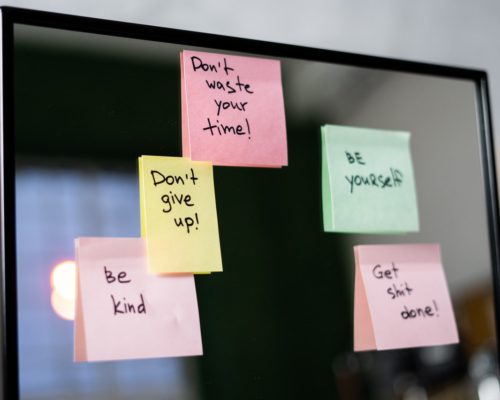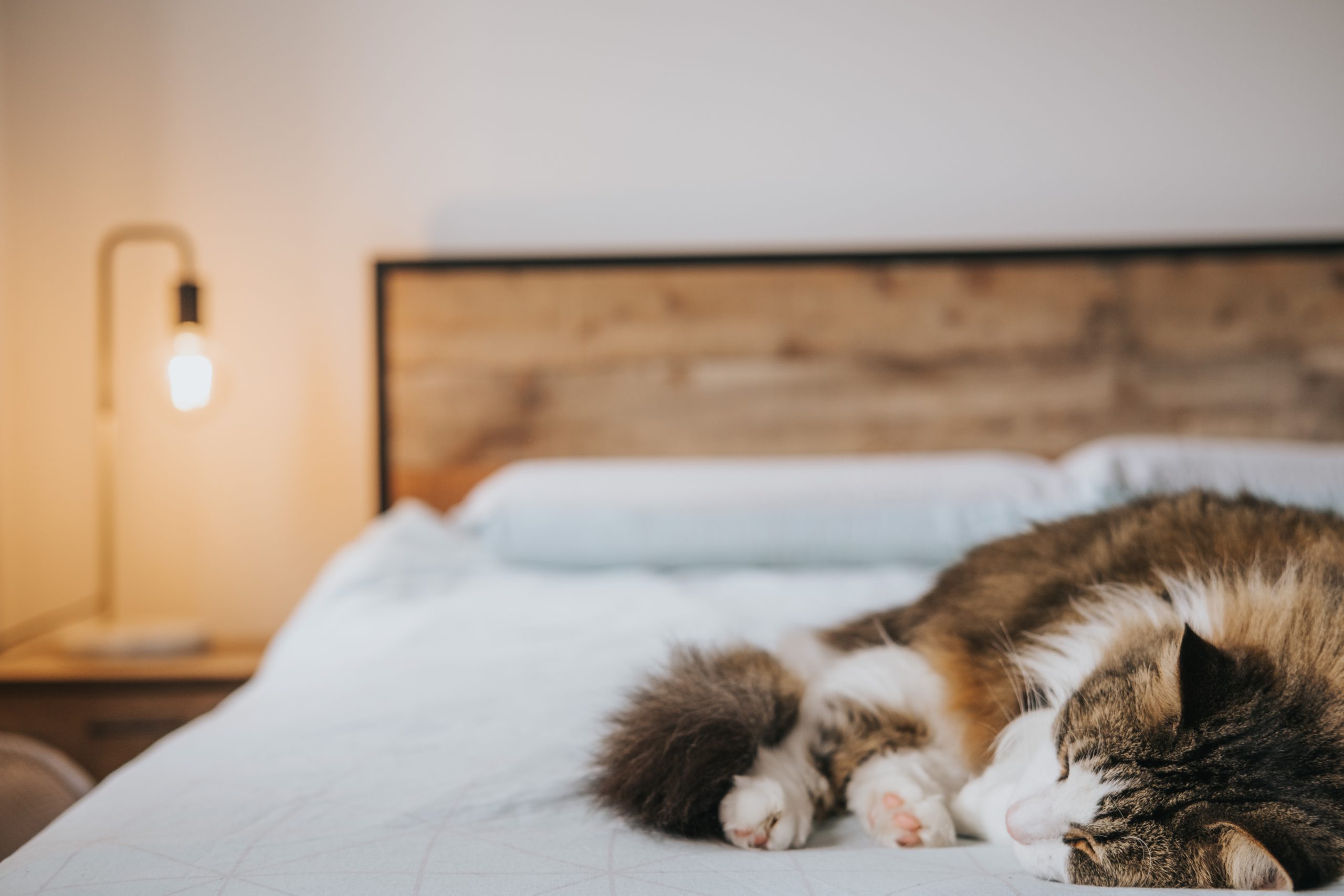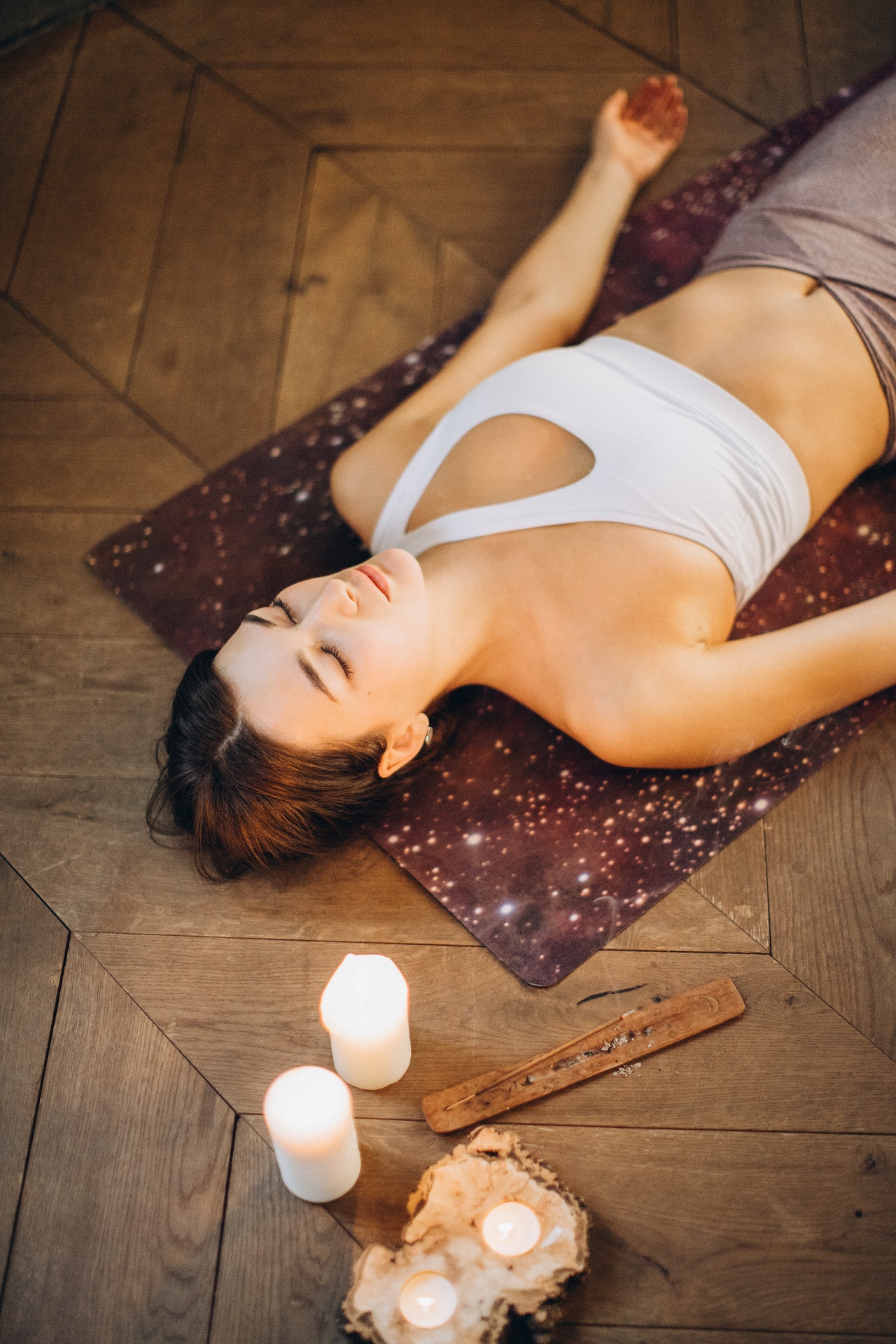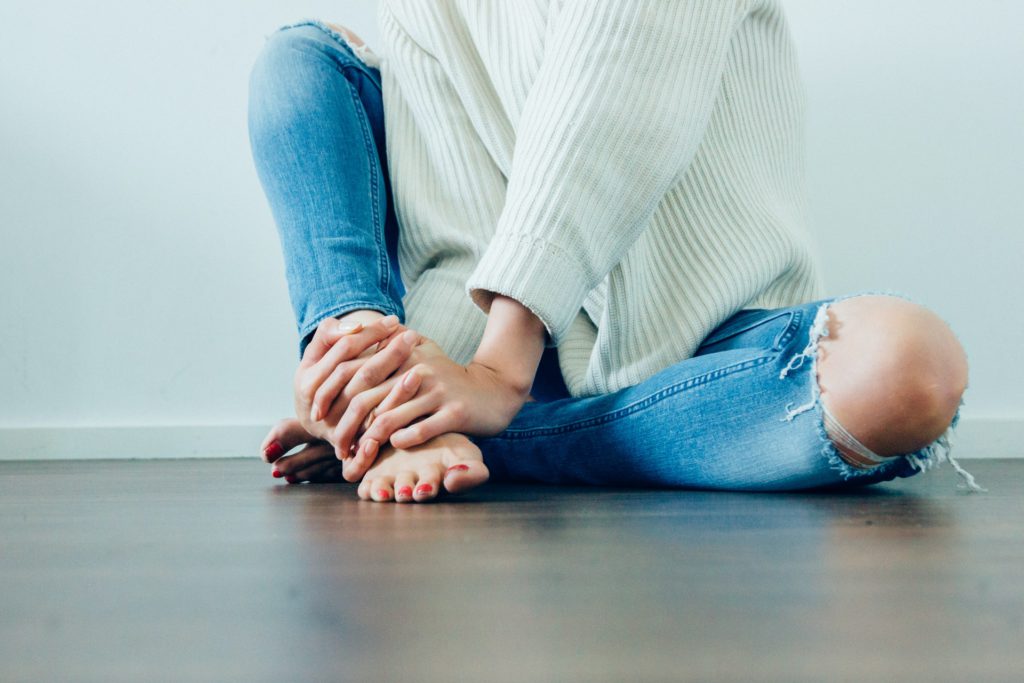
The human knee, much other parts of the human body, is a complicated structure made up of four components: bone, ligaments, cartilage, and tendons. When an individual expresses knee pain, it can be the symptom of various types of knee injuries, ranging meniscus and ACL tears to knee dislocations and fractures. Knee pain can also be the result of a medical condition such as rheumatoid arthritis or osteoarthritis. Despite injurious variations, one symptom remains the same: unrelenting pain. Knee pain is bound to cause serious physical grief, and is likely to throw a wrench in one’s day-to-day life. It can cause extreme limitations to mobility, causing a simple activity like walking to become extremely uncomfortable, painful, or simply impossible. While some injuries require immediate medical and/or surgical intervention, other cases simply need recovery time. Depending on the knee pain severity and type of injury that you have, you may very well benefit from physical activity. Due to the nature of physical pain and injuries, it’s important to choose the right type of exercise. Certain activities like running and high-impact sports can be very beneficial to one’s physical health, but should be avoided in the case of knee pain so as not to exacerbate the condition. Low-impact exercises like yoga and water aerobics are often recommended for individuals dealing with knee injuries. It allows knee-pain sufferers to reap the same benefits as with high-impact exercises, all without placing any undue pressure or strain on the knees. Yoga, when practiced with physical limitations in mind, can be beneficial not only to the reduction of pain, but also to the reduced risk of future injury. Many yoga poses specifically target areas of the body that contribute to knee pain. Some of the important muscle groups at play are the hamstrings, glutes, and quadriceps; targeting and strengthening these muscles can take pressure off of the knees and relieve discomfort, pain, and stiffness. Knee-strengthening exercises can ultimately improve overall mobility through increased flexibility in the knee flexors, improved joint movement, and reduction of pain and stiffness.
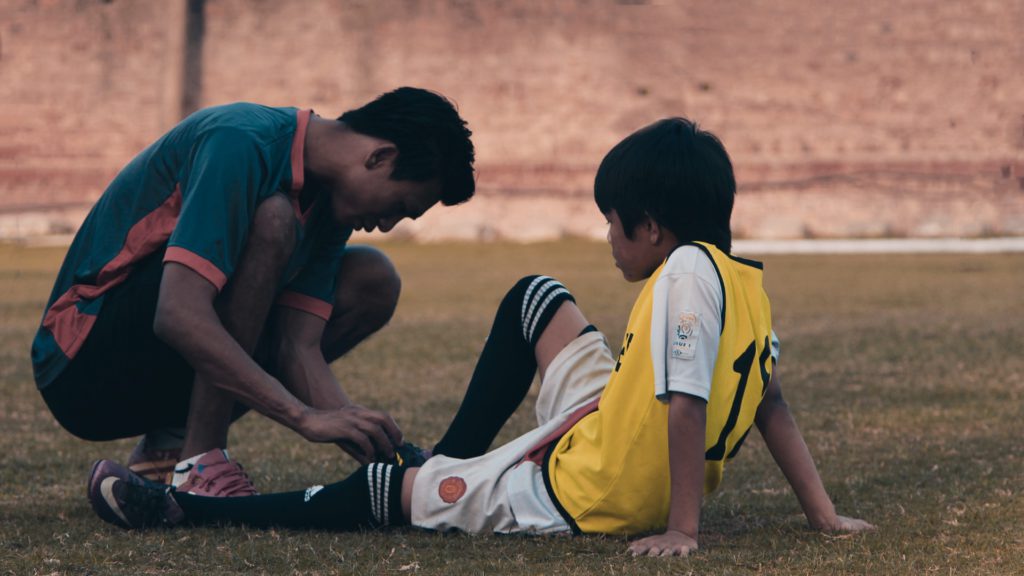
Common Types of Knee Injuries & Conditions
- Meniscus injuries: the menisci are cartilage that act as shock absorbers, separating the femur (thigh bone) from the tibia (one of two shin bones). Meniscus tears often occur when the knee is twisted.
- Ligament injuries: of all the ligaments that make up the knee, the ACL (i.e., anterior cruciate ligament) is the most commonly injured. This is an extremely common type of knee injury among athletes. ACL tears can be sustained when an individual abruptly changes direction or lands from a high jump.
- Fractures: knee fractures usually occur through harsh impact, causing fractures to the patella (i.e., the kneecap). Knee fractures, along with any other bone fracture in the body, require immediate medical attention.
- Dislocation: this type of knee injury occurs when knee bones are out of alignment. Knee dislocation can occur as a result of heavy impact or contact like a vehicular accident or a jump landing. A dislocated knee requires immediate medical attention, particularly because it can disrupt blood flow to the leg.
- Tendon tears: Tendons are what connect our muscles to bones. Tendon tears in the knee are quite common among runners and those engaging in jumping sports & activities. While they may result through a direct movement or impact, this type of injury also occurs when the knee is consistently overused.
- Osteoarthritis: this condition occurs when cartilage undergoes “wear and tear” over time, making it more common among individuals over 50. Osteoarthritis is not limited to the knee, and can also occur in the hands, hips, and spine. There is also believed to be a correlation between joint injuries sustained through high-impact sports and the increased risk of osteoarthritis.
- Rheumatoid Arthritis: characterized as an autoimmune disorder, wherein an individual’s immune system begins to attack joints within the body. Much like other autoimmune disorders, the cause is something of a mystery to the medical community. Physical activity can be highly effective in minimizing rheumatoid arthritis symptoms.
Knee-Strengthening Exercises
Warrior II Pose
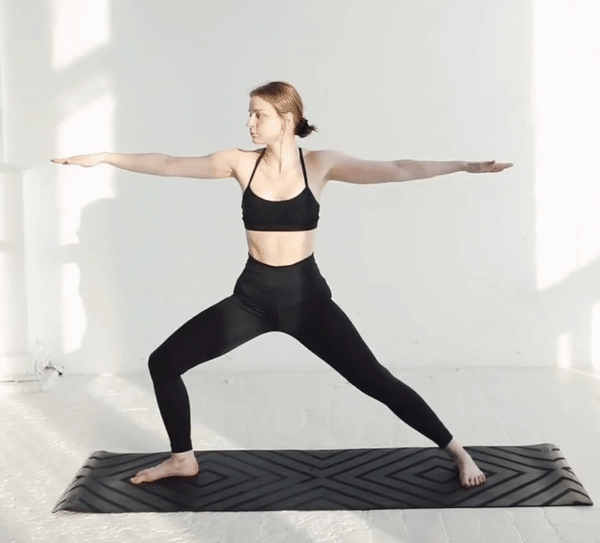
Pose Benefits:
- Corrects misalignment: This pose, when done correctly, requires total alignment of the body. Misalignment in the knees is not uncommon, but unfortunately, it does place unnecessary pressure on the knee joints and ligaments, resulting in knee pain. To assess if you have knee misalignment, try standing in front of a mirror with bare legs. If you find that your kneecaps rotate slightly inwards as opposed to being centered, this may be a sign of knee misalignment. Another test you can do in front of the mirror for self-assessment is a partial squat. If your kneecaps tend to turn inwards while lowering into the squat, this may be another indicator of misalignment. Your knees should ideally remain pointed in the central direction of the mirror. With consistent practice, Warrior II can effectively correct misalignment in your entire body, particularly in your knees.
- Strengthens the hips and thighs: When seeking physical therapy for knee pain, targeted hip exercises are often encouraged. This is because strong hips can take a great deal of stress off of the knees. When the body is in the stance phase of the gait cycle, the gluteus maximus and medius (muscles that assist with hip movement and rotation) actively prevent the pelvis from dropping. When these hip muscles are weak, the pelvis and hip will drop and cause the kneecap to become compressed. This incredible strain can cause chronic knee pain. By strengthening the hips, undue stress on the knees can be avoided.
Pose Instructions:
- Begin by standing straight at the top of your mat, with your arms at your sides. Next, take a large step back towards the back of your mat with your left foot. Your right foot should be aligned with the front of the room. Adjust your left foot so that your toes are pointed outward at a rough 45 degree angle.
- Bend your right knee, so much so that your knee will ideally be stacked over your right ankle. Both of your hips should face the front of the room.
- Bring your arms up parallel to the mat, with your right arm stretched out in the direction of your right leg and your left arm in the direction of your left leg. Be mindful of any tension buildup in your shoulders. Try to relax your shoulders downwards so that they are not scrunched up on either side of your ears. Allow your gaze to remain on your right fingertips.
- You may remain in this pose for 30-60 seconds, before slowly bringing your arms down and bringing your left foot forward to meet your right foot.
- Cycle through this pose once again, this time by stepping your right foot back, while your left foot remains towards the front of the mat.
Chair Pose
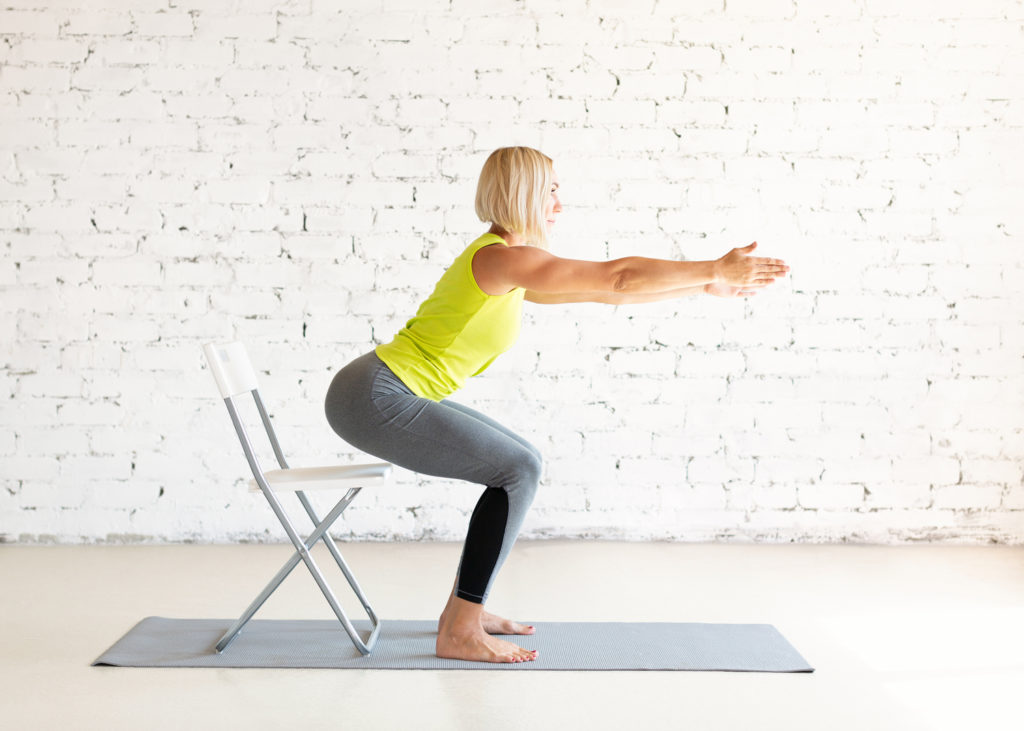
Pose Benefits:
- Reduces flat feet: flat feet is a condition characterized by a lack of arch or very slight arch in the feet. This causes the soles of your feet to make total contact with the ground. While it is a relatively common and seemingly harmless condition, flat feet can actually cause pain in the feet itself, along with pain in the hips, lower back, and knees. This is because the lack of arch support causes overpronation, or the process of the feet rolling inwards during movement. This places undue pressure on the knees, often leading to misalignment. Misalignment in the knees is never a good thing, as it inevitably results in joint strain and ultimately, knee pain. It may seem strange to blame knee, back, and hip pain on something as seemingly minor as flat feet, but the body often operates through a domino effect. Although there is no true cure for flat feet, there are processes that can reduce many symptoms, including Chair Pose!
Pose Instructions
*Chair Pose Tips: Alignment in this pose is crucial! It’s important to stack your knees above your ankles, and to avoid allowing your knees to be positioned past your toes. As you enter Chair Pose, lead with the hips, simulating the act of sitting back. Hip hinging at the start of Chair Pose, then giving your knees a deeper bend, will help protect your knees. When the knees are immediately bent before hinging at the hips, your knees are drastically forced to take on weight. This can lead to an exacerbation of existing knee pain and/or injury. When a squat is led with a hip hinge, it grants the body greater control over your center of gravity. If this is your first time practicing Chair Pose, it may be helpful to do so with a mirror so that you can monitor your alignment throughout.
- Begin by standing at the top of your mat, with feet touching and knees pressed against together. Hinge your hips while keeping your spine in a neutral posture, and give your knees a slight 20 degree bend. Following the hip hinge, bend your knees further with the goal of bringing your thighs as parallel to the mat (or floor) as possible and creating a near 90 degree angle with your legs. It’s important to keep your knees stacked over the ankles during this pose, and preventing your knees from lining up past your toes.
- Straighten your arms up overhead, with palms facing one another. Continue to ground yourself through this pose, planting your feet deeper into the mat.
- Try to maintain a lengthened spine, and be mindful of your torso collapsing or tilting forward too much. If you notice this happening, prop your torso back up and keep your chest wide and slightly puffed.
- Maintain this pose for 5-10 breaths. When you’re ready to release, straighten your legs and bring your arms back down to your sides. You may repeat this pose as you see fit.
Bridge Pose

Pose Benefits:
- Strengthens the glutes: Weak glutes can impact a number of regions in the lower body, including the lower back, hips, and of course, the knees. The glutes are engaged in most daily activities, and are vastly important to the body’s range of motion and mobility. Oftentimes, knee pain can be traced back to weakness in the glutes; weak glutes tend to be accompanied by inward-pointing thighs and/or knees. This awkward misalignment ultimately places a great deal of stress on the knees, but this can be corrected. Strengthening the gluteal muscles can both stabilize the pelvis and relieve the knees of undue stress.
- Strengthens the hamstrings: hamstrings function primarily to bend the knees and facilitate hip extension. Due to the close association among the knees, hips, and hamstrings, weak or tight hamstrings can inevitably lead to knee problems. A deficiency in the hamstrings will call for the quadriceps to take over. Because the quadriceps merge to form a tendon above the knee, the knees will then receive the brunt of it. Strengthening the hamstrings will prevent overuse or misuse of the quadriceps, sparing the knees of unnecessary strain.
Pose Instructions:
- Begin by lying flat on your back with knees bent at hips-distance apart and feet planted on the floor. Allow your arms to lie at your sides.
- Plant the palms of your hands face-down on the floor. Gently lift your hips and buttocks off the ground and toward the ceiling. Your spine will follow suit accordingly, while your shoulders and arms should remain planted on the floor.
- If you’d like, you may interlace your fingers together under your buttocks, though your arms and hands should still be firmly grounded to the floor.
- Maintain this pose for a few deep breaths as you concentrate on each inhalation and exhalation. This should help release any tension from your body and assist you in avoiding any inadvertent clenching.
- Slowly release your hips and gradually bring them back down to the ground. If your body allows, you may repeat this set 2 or 3 times as you see fit.
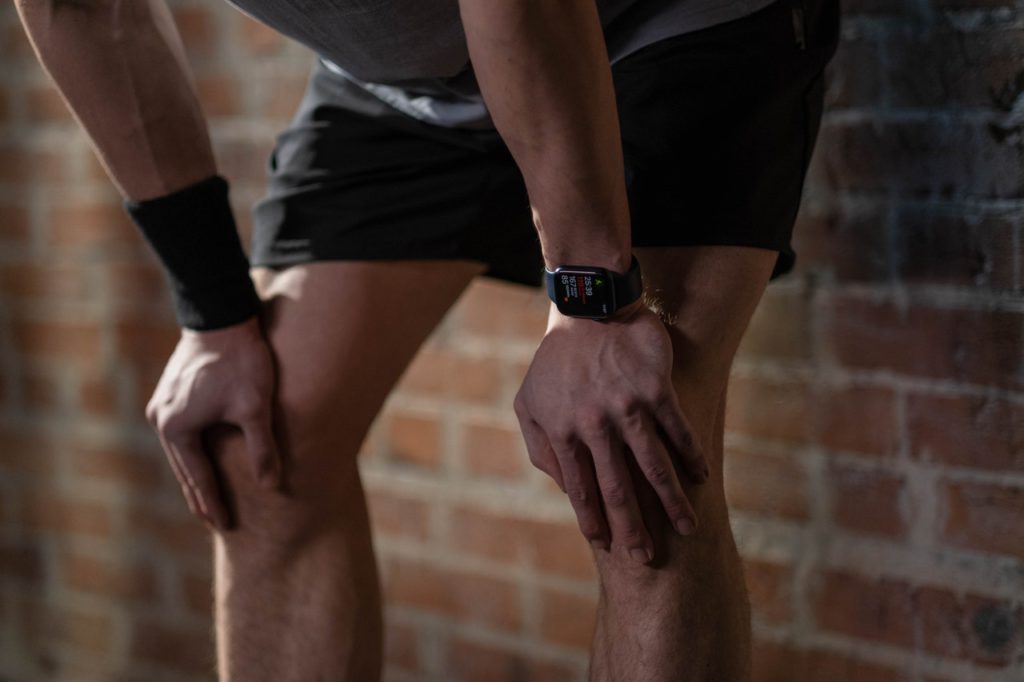
As beneficial as these poses can be, it’s always best to consult with a physician before engaging in new exercises and stretches. Knee pain can be the result of various injuries and conditions, with varying degrees of severity in each patient. We all have individual limitations and boundaries that should be addressed and identified before trying new exercises for the first time. When it comes to your health, it’s crucial to make judicious decisions! For more resources on pain management and knee pain, we highly recommend checking out MixPose’s targeted class schedule or trying a personalized session with one of our instructors! Our daily yoga classes are led by skilled instructors, all of whom are qualified to help you modify yoga poses to appease any existing limitations or conditions you may have. We offer live classes that specifically target issues like knee pain and back pain to help streamline your needs!
